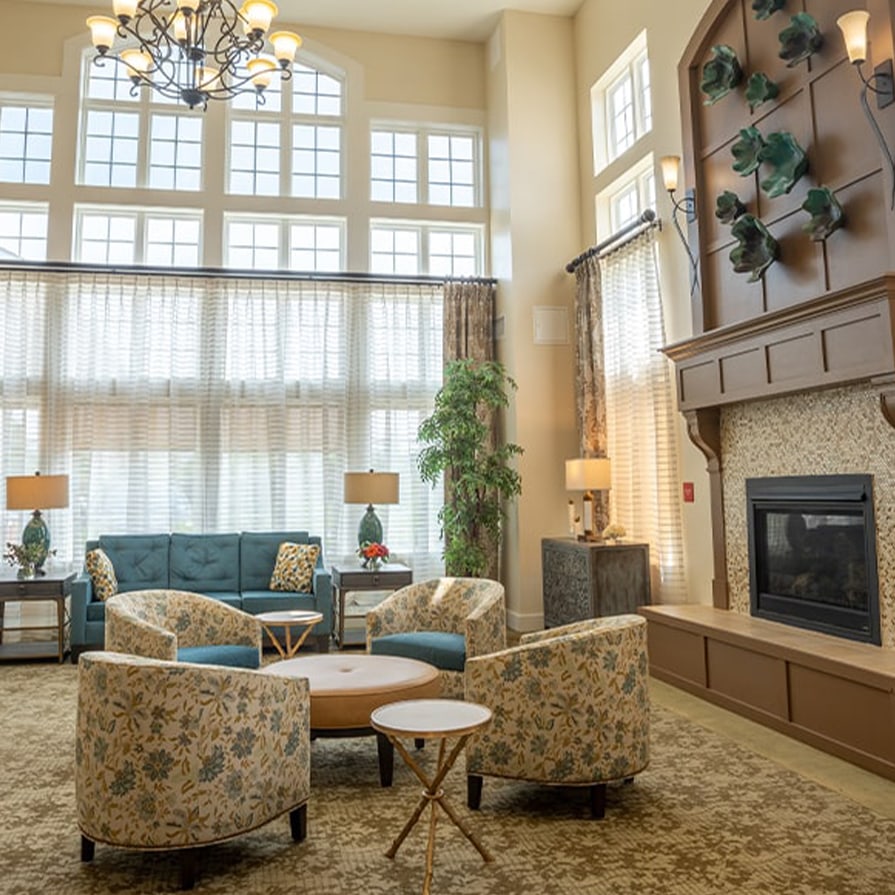Assisted living is a popular option for older adults who need some help with daily living tasks, but do not require round-the-clock medical care. This type of housing offers support services and amenities such as meals, housekeeping, transportation, and social activities while still promoting independence and autonomy.
Transitioning to assisted living can be an overwhelming experience, both for the older adults themselves and their loved ones. However, knowing what to expect and how to prepare can make the process smoother and less stressful.
Here are some key points to keep in mind when transitioning to assisted living:
- Understanding the need for assisted living
- Choosing the right community
- Preparing for the move
- Adjusting to the new living arrangement
Understanding the Need for Assisted Living
The decision to move into assisted living is often not an easy one, as it may signify a loss of independence and a major life change. However, it is important to recognize when this type of housing is necessary to ensure safety and well-being.
Some signs that assisted living may be needed include:
- Difficulty with daily tasks such as bathing, dressing, and meal preparation
- Increased risk of falls or accidents at home
- Isolation and loneliness due to living alone
- Declining physical or cognitive health that requires regular monitoring and assistance
It is important for older adults and their loved ones to have open and honest discussions about the need for assisted living. This can help alleviate any fears or concerns and ensure a smooth transition.
Choosing the Right Community
There are many different assisted living communities available, each with their own unique features and services. It is important to research and visit multiple communities in order to find the right fit.
Some factors to consider when choosing an assisted living community include:
- Location: Is the community located in a convenient and safe area?
- Services and amenities: What is included in the monthly fee? Are there additional fees for certain services or amenities?
- Staffing and care: How many staff members are available? Are they trained to provide specialized care if needed?
- Social activities: Does the community offer a variety of activities and events for residents to participate in?
Preparing for the Move
Moving can be a daunting task, especially for older adults who have lived in their homes for many years. It is important to start preparing as early as possible in order to avoid feeling overwhelmed.
Some tips for preparing for the move include:
- Downsizing belongings: Determine what items will be brought to the new community and what can be donated or given away.
- Making arrangements for pets: If an older adult has a pet, it is important to find out if the assisted living community allows animals and make any necessary arrangements.
- Setting up utilities and services: Make sure all necessary utilities and services are set up at the new residence before moving in.
Adjusting to Assisted Living
Moving to an assisted living community can bring about a wide range of emotions, including excitement, anxiety, and even sadness. This significant change marks a new chapter in an older adult’s life, and it is crucial for them to take their time during the adjustment process. Each individual will experience this transition differently, so patience and understanding are key.
To help ease the transition and foster a sense of belonging, here are some valuable tips for adjusting to assisted living:
- Getting involved in activities: Participating in various social activities, such as crafting, exercise classes, or game nights, can help individuals feel more connected to their new community. Engaging in hobbies and interests not only promotes socialization but also enhances overall well-being. This involvement can lead to forming meaningful friendships, which can make the new environment feel more like home.
- Staying in touch with loved ones: Maintaining connections with family and friends is vital during this transition. Regular phone calls, video chats, or visits can provide a strong sense of comfort and familiarity, easing feelings of loneliness. Encouraging loved ones to participate in community events can also strengthen these bonds and encourage shared experiences.
- Seeking support: Adjusting to assisted living can be overwhelming or anxiety-inducing. It’s normal to feel a range of emotions, and it’s important for older adults to know that they are not alone. Reaching out for support from staff, friends, or family members can make a significant difference. Many communities offer counseling services or support groups specifically designed to help residents navigate these feelings.
Embracing the Transition to Assisted Living at Juniper
While moving to an assisted living community can be challenging, taking proactive steps to engage with the environment and seek support can greatly enhance the adjustment experience. Embracing this new chapter with an open mind and heart can lead to a fulfilling and enjoyable life in assisted living.
At Juniper Village at Chatham, we understand the challenges that come with this transition and are here to provide a warm and welcoming environment for our residents.
We encourage older adults to take their time adjusting and know that they have a supportive community to lean on during this new chapter in their lives.
If you or your loved one is considering assisted living, don’t hesitate to reach out to us for more information. Our team would be happy to answer any questions and provide assistance throughout the process.







